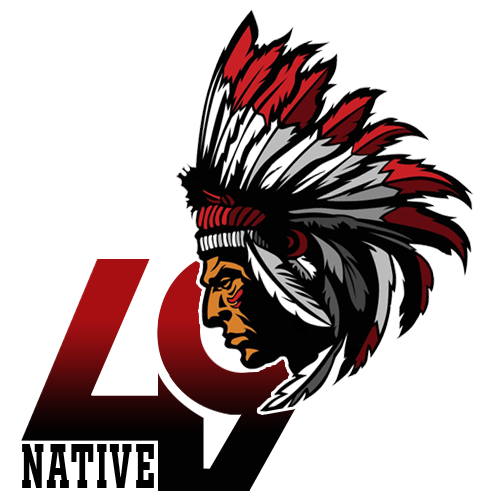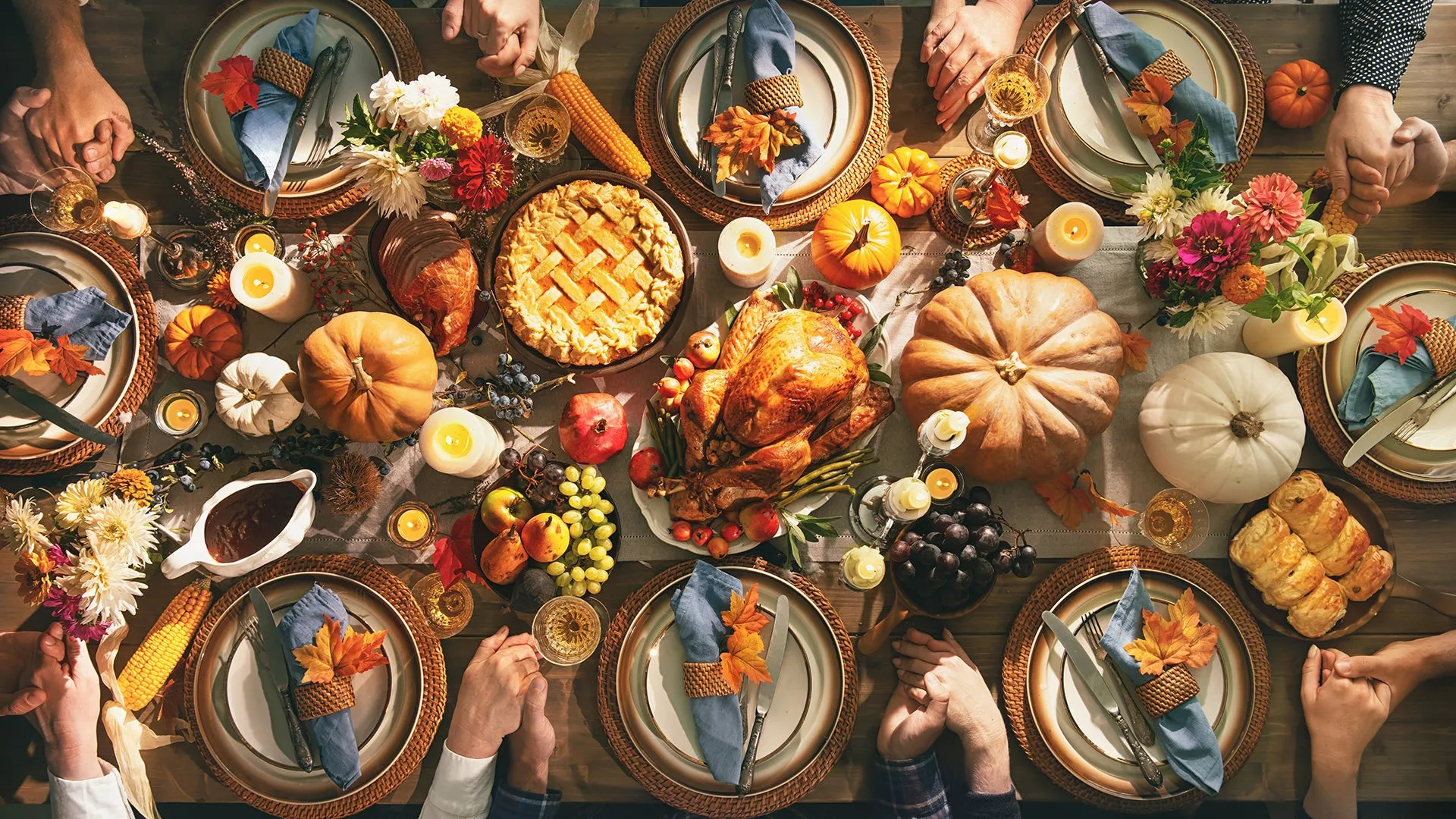The celebration of Thanksgiving, deeply ingrained in American tradition, often evokes images of Pilgrims and Native Americans coming together for a bountiful feast. While the Pilgrim’s contributions to this early meal are well-documented, what about the Native Americans?
What Did The Native American Eat On Thanksgiving? In this exploration, 49native delve into the culinary heritage of Native Americans and the foods that likely graced their Thanksgiving feast, shedding light on a lesser-known aspect of this cherished holiday.
Did Native Americans eat at Thanksgiving?
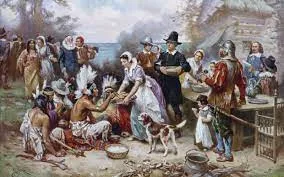
Thanksgiving, a cherished American holiday, has a complex history, especially in the context of Native American heritage. While some members of Indigenous communities have opted to distance themselves from this celebration, others find value in the holiday’s core message of gratitude and unity.
Embracing Gratitude: A Native Tradition
Native Americans have a deep-rooted tradition of expressing gratitude. Thanksgiving, in essence, aligns with their cultural emphasis on giving thanks for life’s blessings, encompassing aspects like family, community, and the earth’s abundance.
Long before the arrival of European settlers, Native tribes celebrated the autumn harvest as a manifestation of Mother Earth’s generosity. Native American spirituality places great significance on recognizing creation, fostering environmental stewardship, and acknowledging the innate human connection with nature and fellow beings.
The Spirit of Giving
Thanksgiving finds its origins in the Native American philosophy of giving without expecting reciprocation. During the initial observance of this holiday, the Wampanoag tribe exemplified this concept.
They generously shared not only the feast’s provisions but also their agricultural and hunting expertise. Foods like corn, beans, wild rice, and turkey, all integral to Thanksgiving today, were gifts from Native American communities.
Thanksgiving: A Time for Unity
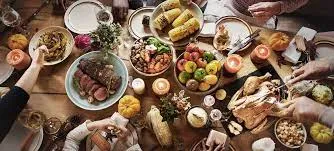
In contemporary times, many Native Americans continue to gather with friends and family on Thanksgiving. For them, the day is an opportunity to savor a delectable meal, with several classic Thanksgiving dishes drawing inspiration from indigenous culinary traditions. It is a time for expressing appreciation.
A Wampanoag Perspective
Steven Peters, a spokesperson for the Wampanoag Tribe, offers his viewpoint on Thanksgiving and the enduring practice of enjoying turkey and giving thanks. He emphasizes the importance of family gatherings, shared blessings, and gratitude.
In his words, “Gathering with family, enjoying our company, sharing our blessings, and giving thanks for all that we have is a good thing.” He encourages the idea of celebrating thanksgiving events throughout the year, fostering a culture of continuous gratitude.
Additionally, he underscores the significance of remembering the historical events as documented, rather than adhering to the narrative presented in conventional history books.
Thanksgiving, with its roots in Native American values of gratitude and giving, continues to evoke mixed sentiments within Indigenous communities. While acknowledging the complex history, many Native Americans have chosen to participate in the holiday as an opportunity to come together, share good food, and express their thankfulness.
Thanksgiving remains a time for unity, appreciation, and the preservation of Native traditions.
What were 3 foods that were eaten during Thanksgiving?
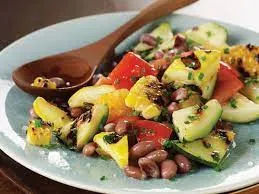
Every November, Americans gather for a bountiful Thanksgiving feast, embracing cherished traditions. While the modern meal features turkey, mashed potatoes, and cranberry sauce, the menu at the very first Thanksgiving, celebrated in 1621, was a different culinary experience. Let’s take a closer look at the historical dishes that adorned the table.
1. Turkey: A Probable Star
The Pilgrims and Wampanoag likely indulged in turkey, a staple of their diet. The colony’s governor dispatched four men for “fowling” before the feast, and wild turkey was a common food source. While we can’t confirm the presence of turkey on the menu, the addition of five deer by the native Wampanoag people suggests a rich and diverse meat selection.
2. Mashed Potatoes: A Dream Deferred
Mashed potatoes, a contemporary Thanksgiving favorite, were notably absent from the Pilgrims’ table. Neither the Pilgrims nor the Wampanoag were acquainted with potatoes at the time.
The history of potatoes, originating from the high Andes of South America, didn’t intersect with North America until the 1700s. So, the comforting mashed potatoes that grace our plates today were far from being an original Thanksgiving side dish.
3. Cranberry Sauce: A Missing Sweetness
By fall 1621, the Pilgrims had exhausted their sugar supply, rendering cranberry sauce an improbable addition. Furthermore, cranberries themselves were relatively unfamiliar to the Pilgrims, primarily used for dyes by Native Americans. The tradition of sweetened cranberry sauce was a culinary evolution yet to occur.
4. Corn: A Likely Staple
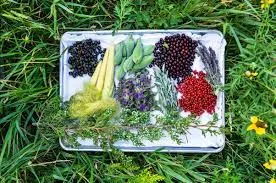
Corn was a probable inclusion in the inaugural Thanksgiving feast. However, this wasn’t the familiar corn on the cob or microwaveable kernels. The Pilgrims and Wampanoag most likely consumed corn in the form of a thick porridge, an early precursor to today’s corn-based dishes. This porridge, while different from modern preparations, provided sustenance and nourishment to the celebrants.
5. Pumpkin Pie: Missing Delicacy
Pilgrims held an affinity for pumpkins, using them to create various dishes. Yet, the absence of key ingredients, such as butter and wheat flour, limited their ability to craft pies. As a result, pumpkin pie, a beloved Thanksgiving dessert today, remained an elusive culinary creation during the early celebrations.
6. Lobster: A Surprise Guest
Intriguingly, lobster might have graced the first Thanksgiving table, along with other seafood. The Pilgrims and Wampanoag enjoyed an abundance of seafood throughout the year.
Edward Winslow, a colonist, described the local bay as teeming with lobsters in summer, eels that were easily procured, and mussels readily available. While oysters were less accessible, they could be obtained from Native Americans when desired.
A Feast of Surprises
The original Thanksgiving feast comprised an array of dishes, potentially including turkey, venison, seafood, and various vegetables that had been cultivated. This diverse spread, featuring onions, carrots, beans, spinach, lettuce, and other greens, must have been a delightful and flavorful meal. Over time, this historic gathering evolved into one of the most iconic and cherished traditions in American culture.
Read more: How To Honor Native American At Thanksgiving?
What Did The Native American Eat On Thanksgiving?
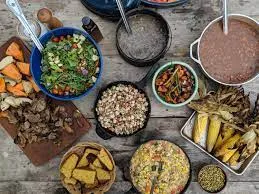
The inaugural Thanksgiving feast, a pivotal event in American history, has often been depicted as a turkey-centric meal with familiar sides. However, historical evidence reveals a more intricate and varied menu than the traditional image suggests. Delve into the details of the original Thanksgiving harvest meal, uncovering a diverse array of foods that graced the table during this historic celebration.
A Culinary Glimpse into History
Discovering the true composition of the first Thanksgiving feast is akin to solving a culinary puzzle. While the holiday is now synonymous with roasted turkey and cranberry sauce, our knowledge of the inaugural meal relies on just two primary sources. These documents provide essential clues to the menu that fed the Pilgrims and Native Americans on that fateful day.
Wildfowl: A Fowl Beginning
At the heart of this historic gathering, wildfowl played a significant role. While turkey may not have made its debut, duck, geese, and perhaps even pigeons or swans took center stage. These birds were uniquely prepared by stuffing them with a combination of onions and nuts, then cooked through boiling or roasting.
A far cry from the seasoned bread cubes and sausage fillings of contemporary turkey preparations, the wildfowl dishes of the first Thanksgiving offer a glimpse into the culinary traditions of the era.
Seafood Extravaganza
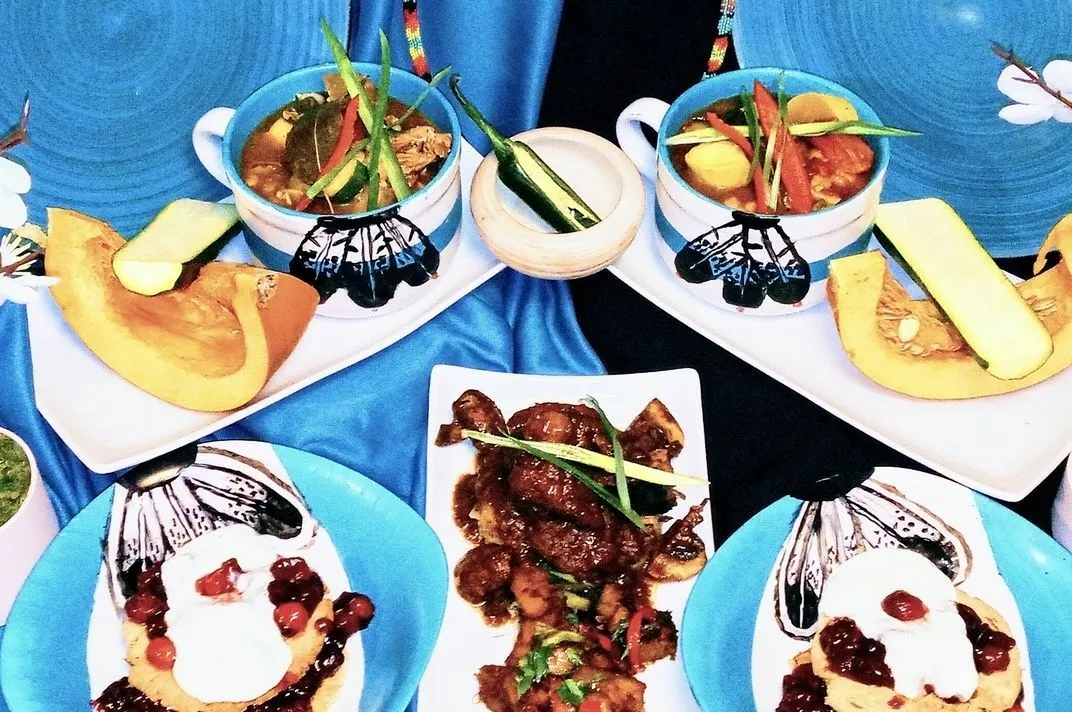
Contrary to today’s Thanksgiving norms, seafood was a star attraction on the original Thanksgiving menu. The colonists, situated in close proximity to the bountiful waters of the Atlantic Ocean, would have likely enjoyed fish, eel, and various shellfish like lobster and mussels. These maritime delights enriched the feast and exemplified the abundance of coastal resources.
Harvest Bounty
The feast of 1621 extended its embrace to the land’s produce, offering a variety of vegetables and crops. Native American staples like peas, beans, squash, and flint corn took their place on the table, intermingling with vegetables brought from England such as cabbage and carrots.
In a historical twist, some records suggest that Native Americans shared their agricultural wisdom with the colonists, facilitating the cultivation of indigenous crops. This collaboration between cultures played a pivotal role in shaping the Thanksgiving meal.
Unveiling Thanksgiving’s True Diversity
As we revisit the origins of Thanksgiving, it becomes evident that the menu was a true reflection of the cultural fusion taking place during this period in history. The first Thanksgiving was more than a turkey and cranberry feast; it was a culinary confluence of traditions, flavors, and the generosity of both Pilgrims and Native Americans.
Piecing Together a Pioneering Meal
Though the original Thanksgiving menu is still partially shrouded in mystery, these insights offer a captivating glimpse into the historic feast’s intricate and diverse dishes. By understanding the rich tapestry of the first Thanksgiving, we can appreciate its profound significance and the enduring legacy of this iconic American holiday.
